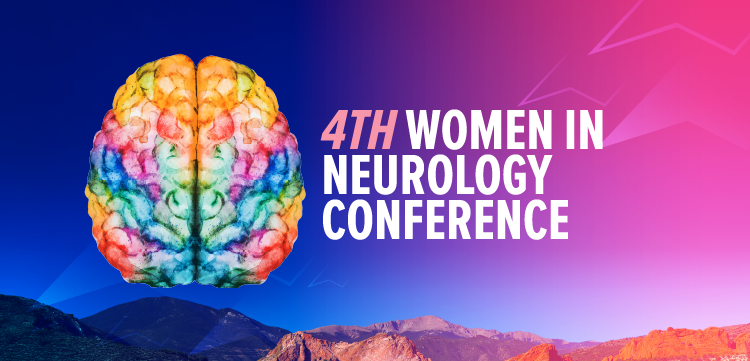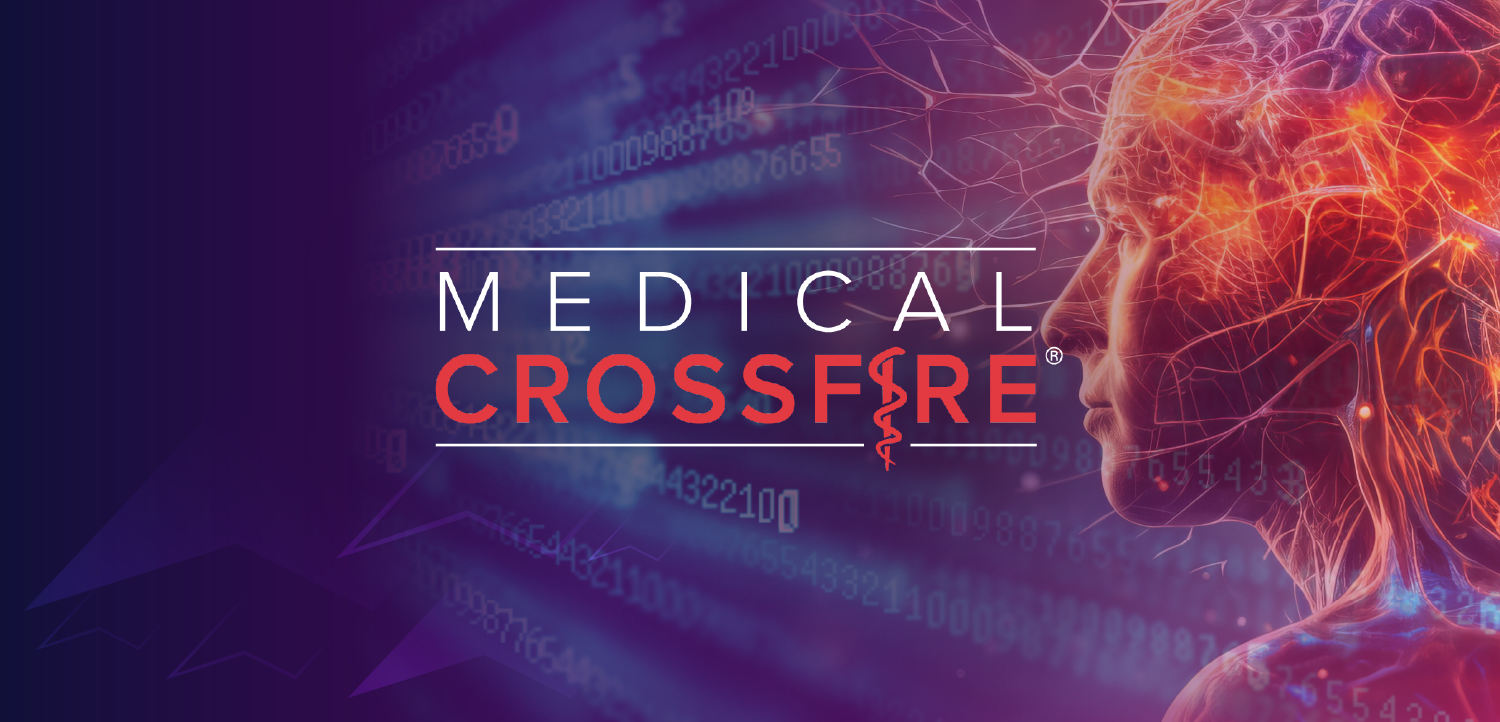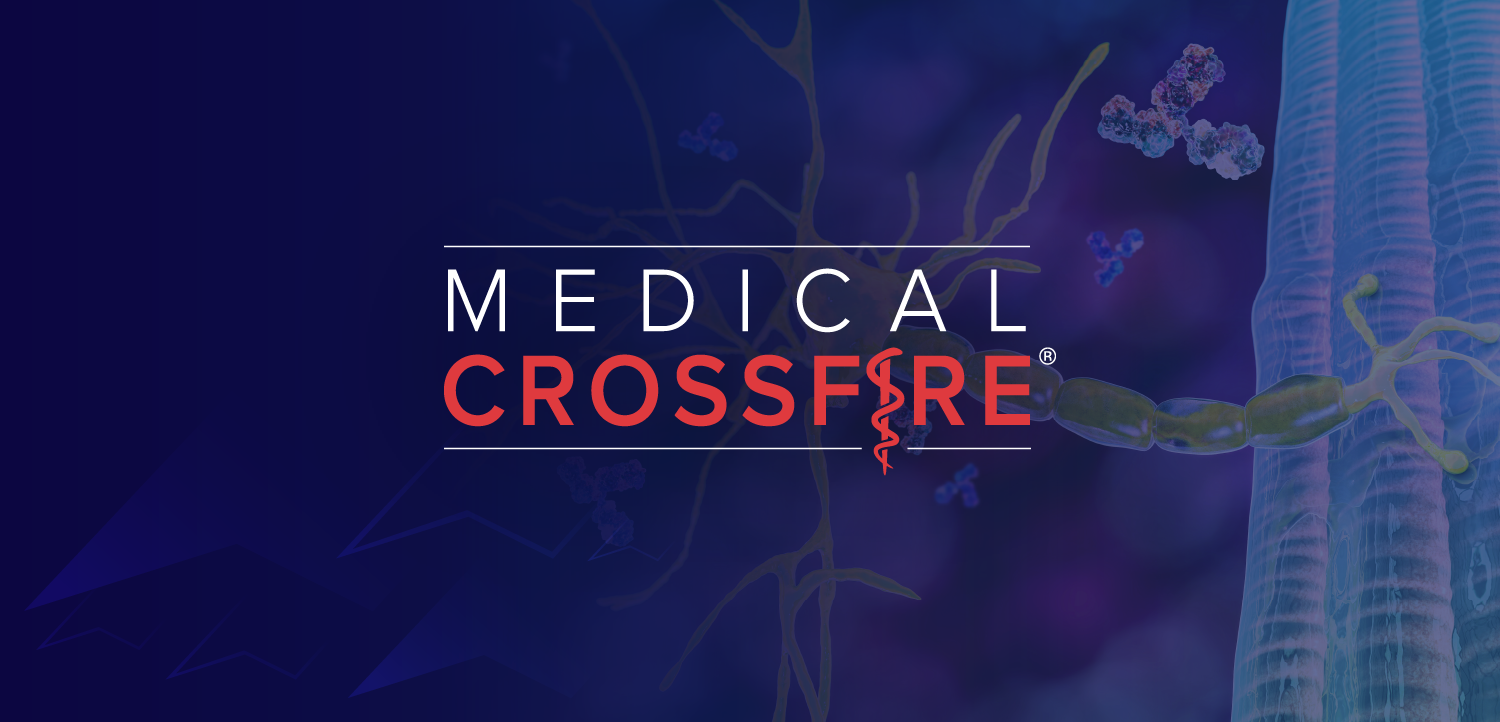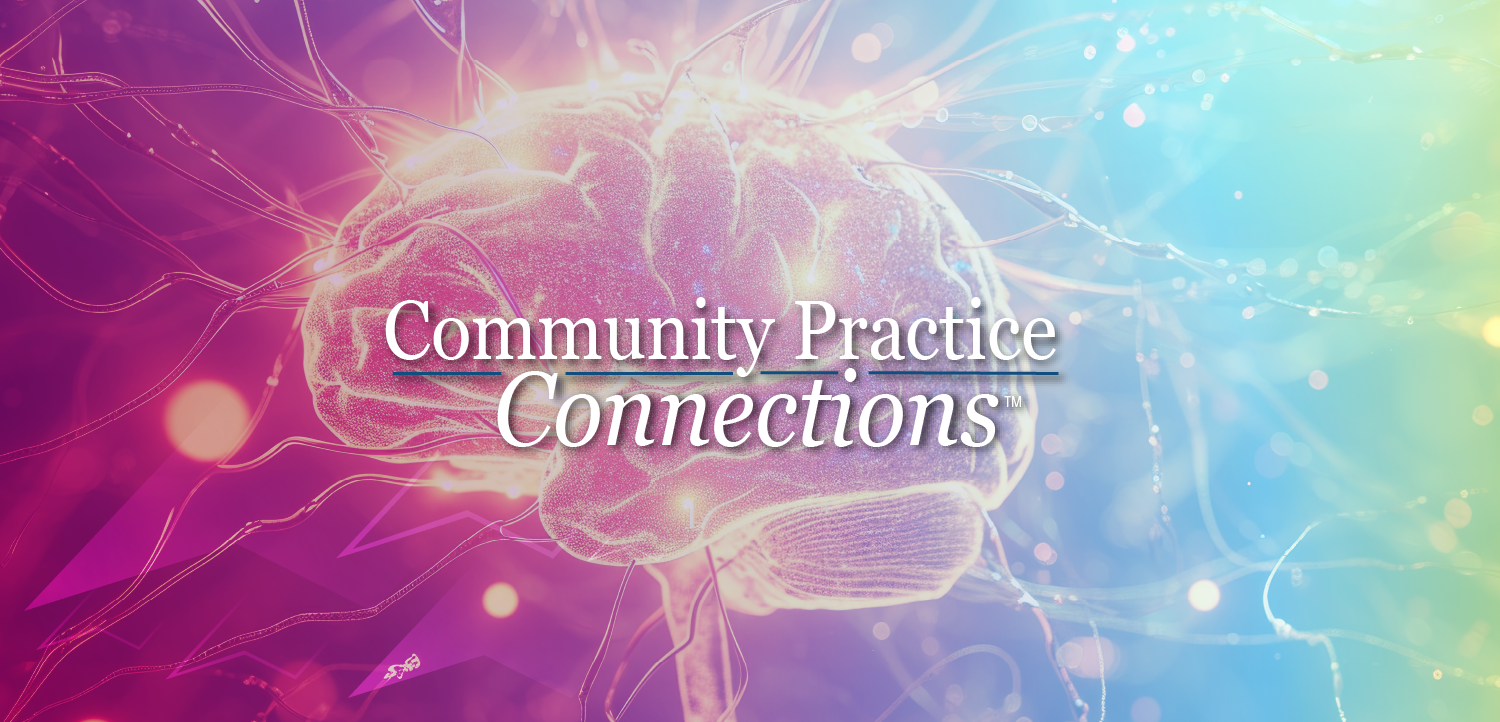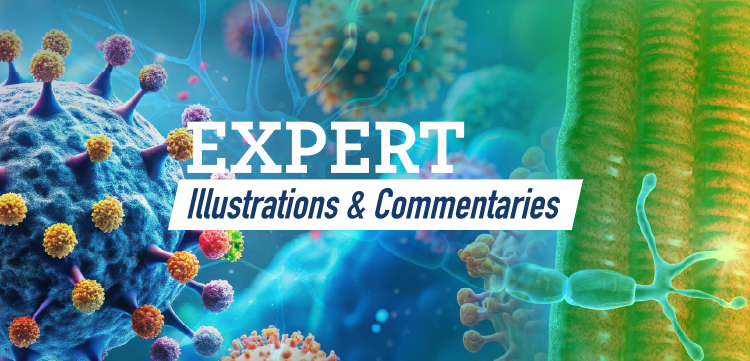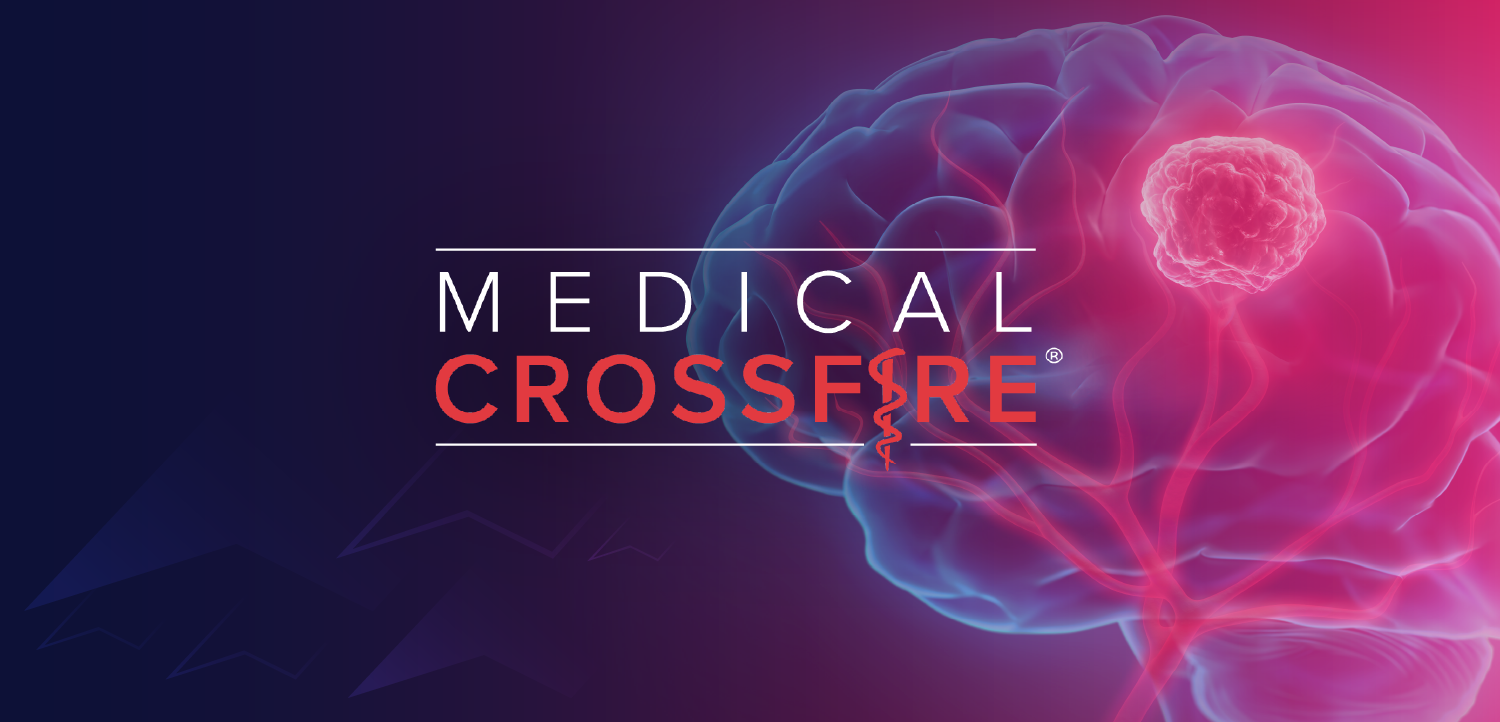Vagus Nerve Stimulation on Par With Triptan in Episodic Migraine
A promising alternative for patients who do not respond well to triptans or who wish to avoid pharmacotherapy.
CONFERENCE REPORTER
Noninvasive transdermal vagus nerve stimulation (nVNS) appears to be as effective as triptan therapy for relief of episodic migraine but provides that relief through a different mechanism of action, according to Paul L. Durham, PhD, Director of Cell Biology at the
The FDA approved nVNS for treatment of episodic migraine in adults in January 2018, which expanded its use beyond an indication for episodic cluster headache. The nVNS device is a portable, handheld item that a patient applies to the cervical area of the vagus nerve. Results from the
The study
To compare the inhibitory actions of nVNS and sumatriptan on trigeminal nociception, Dr Durham and his team measured nocifensive responses in Sprague Dawley rats. To induce nociception in the rats, complete Freund’s adjuvant (CFA) was injected at 10 neck muscle sites to induce inflammation, which developed over the course of 8 days. Trigeminal neurons were then activated by exposing the rats to one of two substances known to induce migraine in humans: the volatile aroma of California bay leaf oil extract (CBL) or sodium nitroprusside (SNP). Rats randomized to CBL were exposed for 10 minutes, and those randomized to SNP were intraperitoneally injected with a dose of 0.01 mg/kg. After 2 hours, nocifensive behavior, in the form of head withdrawal in response to mechanical stimulation of the temporalis and masseter muscles, was examined. Sensitized rats displayed increased nocifensive responses at 2 hours postexposure, and the number of responses was similar between groups.
To then ameliorate nociception, either nVNS (1 ms pulses of 5 kHz sine waves, repeated at 25 Hz for 2 minutes twice at 5-minute intervals) or sumatriptan, delivered subcutaneously at a dose of 0.3 mg/kg, was administered to a subset of the rats. Head withdrawal response was again examined beginning at about 1 hour and 20 minutes after treatment. “Nociceptive response was effectively attenuated by administration of nVNS or sumatriptan 2 hours post-trigger and remained repressed at 24 hours,” according to Dr Durham.
To explore the mechanism of action of nVNS in this same study, the research team intracisternally injected those rats exposed to CBL with the GABAA antagonist bicuculline, the 5-HT3 antagonist ondansetron, or the 5-HT7 antagonist SB-269970. 5-HT3 and 5-HT7 receptors were targeted because of the strong evidence of their involvement in descending pain modulation, explained Dr Durham in conversation with Neurology Times. “They are known to cause release of the inhibitory neurotransmitters GABA and glycine from inhibitory neurons to block ascending pain signaling.” The injection of GABAA antagonists or injection of 5-HT3 and 5-HT7 antagonists in a subset of rats did block the analgesic effect of nVNS.
Take-home message
The nVNS pathway differs from that of triptans, which bind to and stimulate 5-HT1B and 5-HT1D and block pain signaling neurotransmitters ascending toward the thalamus.4 “The triptans are believed to block the release of CGRP and glutamate from primary trigeminal nerves that project into the spinal cord and thus inhibit activation of second order neurons involved in the ascending pain pathway,” noted Dr Durham. The “take-home,” according to him is that “VNS provides a viable alternative therapy for episodic migraine patients that do not respond to triptans or when triptans are contraindicated,” adding that the use of nVNS may be more beneficial in patients with impaired descending pain modulation.
In addition, nVNS may have value in preventing transformed migraine if initiated early enough. “We have evidence in our lab from animal studies that daily nVNS can prevent the development of chronic trigeminal sensitization in our chronic migraine model when administered early in the transition to a more sensitized system,” said Dr Durham.
References:
1. Cornelison LE, Woodman SE, Durham PL.
2. Tassorelli C, Grazzi L, de Tommaso M, et al; PRESTO Study Group.
3. Grazzi L, Tassorelli C, de Tommaso M, et al; PRESTO Study Group.
4. Cortelli P, Allais G, Benedetto C.
Newsletter
Keep your finger on the pulse of neurology—subscribe to NeurologyLive for expert interviews, new data, and breakthrough treatment updates.

